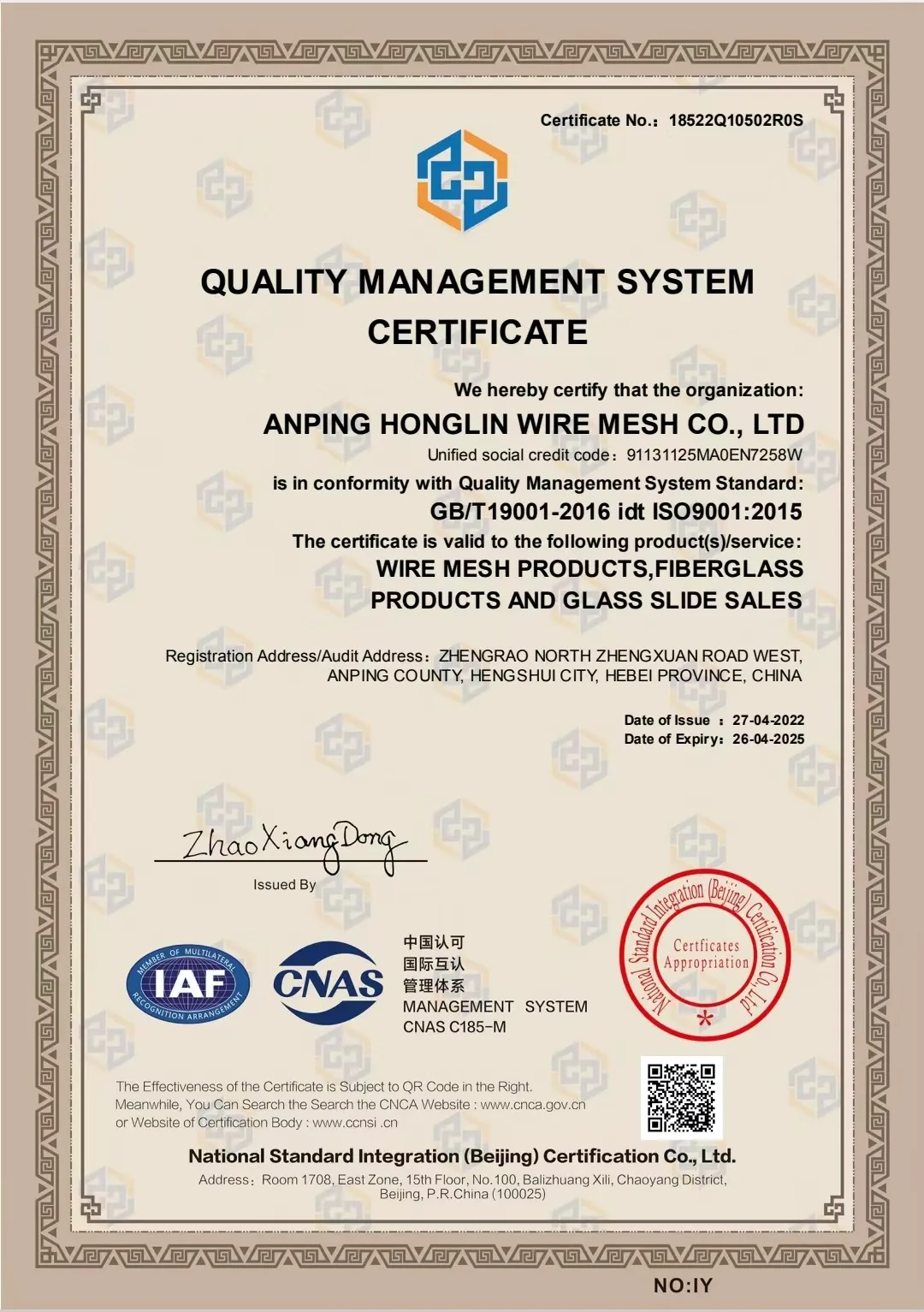chain link installation cost
Understanding Chain Link Installation Costs
When considering fencing options for your property, chain link fences are an attractive choice due to their durability, low maintenance, and affordability. However, understanding the installation costs associated with chain link fencing is essential for budgeting and planning. This article will explore the factors that influence the cost of chain link installation, typical price ranges, and tips for reducing expenses.
Factors Influencing Chain Link Installation Costs
1. Materials The type of chain link material you choose significantly impacts the overall cost. Standard galvanized steel is the most common and economical option, while vinyl-coated chain link offers additional aesthetics and corrosion resistance but at a higher price.
2. Height and Gauge Chain link fences come in various heights, typically ranging from 3 to 12 feet. Taller fences require more materials and labor, increasing costs. Additionally, the gauge of the chain link wire affects strength and durability; lower gauge wires (e.g., 9-gauge) are thicker and more expensive than higher gauge wires (e.g., 11-gauge).
3. Length of the Fence The total linear footage of the fence plays a crucial role in determining installation costs. Naturally, more footage means more materials and labor, whereas bulk installations for large areas may reduce the per-foot cost.
4. Site Conditions The geographical location and terrain of the property can influence costs significantly. If the land is uneven, rocky, or requires clearing, additional labor and equipment may be necessary, increasing expenses. Furthermore, local regulations and permit fees can also add to the overall cost, depending on where you live.
5. Labor Costs The cost of labor can vary based on your location and the experience of the contractors. Hiring reputable, experienced installers may involve higher upfront costs, but it can ensure a high-quality, durable fence that minimizes future repair expenses.
6. Gates and Accessories Additional features such as gates, posts, and hardware can inflate the overall installation price. Gates come in various sizes and styles, with customized options costing more. Accessories like privacy slats and post caps can also enhance aesthetics and functionality, but they add to the total cost.
Typical Price Ranges
chain link installation cost

On average, homeowners can expect to pay between $10 and $20 per linear foot for chain link fence installation. This price generally includes materials and labor, but additional costs may be incurred based on the factors listed above. For budget-conscious homeowners, a standard 4-foot tall galvanized chain link fence may cost approximately $1,200 for a typical backyard, while a taller and coated variant could raise that figure to around $2,000 or more.
Additionally, it is important to note that costs can vary by region. In urban areas, labor rates tend to be higher than in rural locations. For instance, installing chain link fencing in metropolitan areas may range from $15 to $30 per linear foot, while rural settings could fall in the $10-15 range.
Tips for Reducing Installation Costs
1. Do It Yourself If you're handy and have some experience, consider taking on the project yourself. DIY installation can save you a considerable amount of money, though it requires time and effort.
2. Get Multiple Quotes Always obtain estimates from several contractors to compare prices. Be sure to check their credentials and reviews to ensure quality work.
3. Buy in Bulk If you have a large area to fence off, purchasing materials in bulk can lead to discounts and lower overall costs.
4. Plan During Off-Season Many contractors offer lower rates during the fall and winter months when demand is lower. Scheduling your installation during the off-season can save money.
5. Consider Alternative Designs Explore options for lower-cost fences or alterations to your design that may use fewer materials while still meeting your needs.
Conclusion
Understanding the costs associated with chain link fence installation can empower homeowners to make informed choices. By considering material options, installation height, site conditions, and other influencing factors, you can accurately estimate your budget. With proper planning and research, you can enjoy the practical benefits of a chain link fence without breaking the bank.
-
Space-Saving Chain Fence Hacks Vertical Gardening with Cyclone MeshNewsJul.16,2025
-
Innovations in Iron Nail Wire Production for Modern ConstructionNewsJul.16,2025
-
Creative Uses of Wire Netting Fence in Modern Landscape DesignNewsJul.16,2025
-
Barbed Wire Fence Innovations in Anti-Climb TechnologyNewsJul.16,2025
-
Architectural Uses of Umbrella Nails for Aesthetic Roof DesignsNewsJul.16,2025
-
Architectural Uses of Razor Barbed Wire in Secure Urban DesignNewsJul.16,2025




